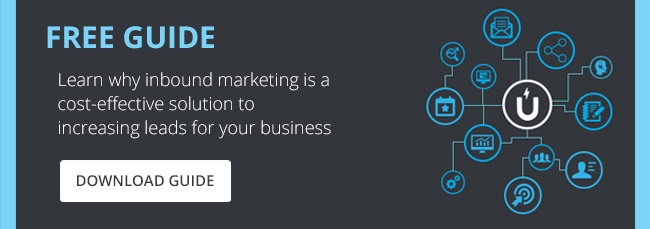
Email marketing is one of the more effective means of reaching prospective customers. That said, modern email providers such as Gmail, Hotmail and Yahoo have developed sophisticated methods of preventing unwelcome spammers from reaching their users. But does Gmail think you’re one of them? Here are a few tips on how to prevent your mailouts being marked as spam.
Maintain the all-important list
Where did you get your email list to begin with? If you thought it was a good idea to buy thousands of “targeted leads” from a forum for a few bucks, think again. While high in numbers, purchased lists are often laced with dead emails and spam traps, allowing Gmail and other service providers to easily spot you as one of the bad guys and relegate your reputation to spammer status. Remove any inactive contacts from your list. If you’re looking for an edge by buying email lists, stop now—it just isn’t worth it.
Keep it tidy
Plain-text emails perform better than HTML emails, while cleanly formatted HTML performs better than messy code. Emails that contain only HTML or only images will trigger spam filters, so include as much plain text as possible. Avoid using coloured fonts, multiple exclamation marks and all caps, which also rank higher on the spam gauge.
Watch what you say
Your choice of words is among the most important factors in avoiding spam traps. Spam often includes common phrases like ‘special offer’, ‘free’, ‘buy now’, ‘promo’ and ‘coupon’. Be aware that your own legitimate offers might be flagged using these phrases, so just put forth the offer without all the hype. Using characters like full stops or asterisks to conceal spam words (‘F*R*E*E’) only trips more alarms.
Email length counts
The ideal length of email differs, but it’s a safe bet to keep it short and to the point. Unlike social media publishing, you don’t get any SEO points for including swathes of text, and emails that take longer than 15 seconds to scan for interesting content are likely to turn your reader off immediately. Keep a healthy image-to-text ratio. This is their personal mailbox we’re talking about fill it with concise, useful information if you want to stay in their good books!
Choose an ESP that meets your needs
There are so many established marketing email service providers (ESPs) that choosing one can be daunting. However, even the lower ones on the list are recognised as more credible by Google than a BCC mailout from your personal inbox. ESPs offer other major benefits, including list management and a greater likelihood of bypassing spam filters. Important considerations include list segmentation, A/B testing and, of course, compliance with the rules of spam email. There are many options, both free and paid, when it comes to ESP: Mailchimp, HubSpot and ExactTarget are just some examples. Each has its own benefits and shortcomings, so make sure to do your research and select the one that is best suited to your needs.
Pick the right sender address and stick with it
The address you send from can also alert spam filters. Avoid using unreadable email addresses such as 1uuw234.56.6@yourdomain.com. Also avoid changing your sender address too frequently. Check your sender score using any number of sites to see where your reputation currently lies on the scale. Most businesses that rely on frequent email campaigns already do.
How often should you send out a blast?
How often you send mail depends entirely on the expectations of your audience. Send too frequently and, you run the risk of irritating them. Too few, and they might forget about you. If there is a rule, it’s to maintain a steady flow of communication. Posting fresh offers at regular intervals stands a better chance of attracting clientele than being too occasional or only posting the annual highlights. Time your developments in order to meet the demand for regularity. The more frequent your mails, the shorter they should be. Learn the rules of effective email and inbound marketing for companies with our free downloadable guide today:

Written by Michael Wolf
Founder of Lupo Digital, Michael is extremely passionate about digital and inbound marketing. Michael helps organisations drive rapid and sustainable customer and revenue growth.
SUBSCRIBE TO OUR BLOG
SUBSCRIBE TO OUR BLOG
Popular
Categories
- Inbound Marketing (97)
- Digital Marketing Strategy (85)
- HubSpot (46)
- CRM (43)
- Artificial Intelligence (AI) (39)
- Content Marketing (35)
- Business Growth (27)
- Lead Management (27)
- Marketing Automation (26)
- Email Marketing (20)
- Customer Relationship Management (CRM) (16)
- HubSpot Product Feature Updates (16)
- Sales Enablement (14)
- Referral Marketing (12)
- content strategy (10)
- Social Media Marketing (8)
- Blogging (7)
- Buyer Personas (7)
- Goal Setting (7)
- Growth Driven Website Design (7)
- Buyer Journey (6)
- SEO (5)
- Paid Media (4)
- Conversational Marketing (2)
- Influencer Marketing (2)
- Sales & CRM HUG ANZ (2)
- Customer Experience (1)
- Data Management (1)
- HubSpot CRM (1)
- Legal practice management software (1)
- User Management (1)
- training (1)



